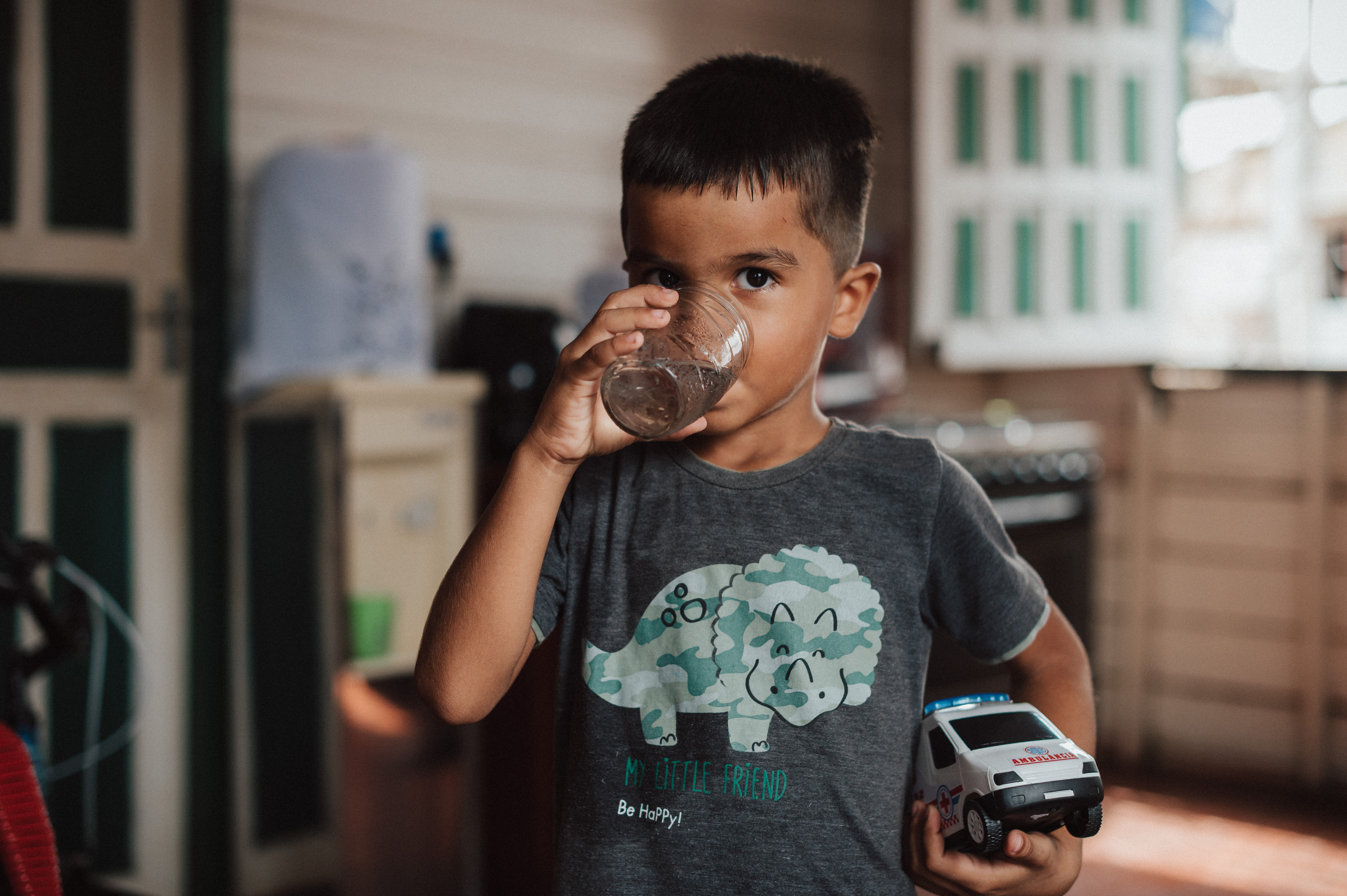

Description
The Fresh Water Program is a Federal Government initiative, coordinated by the Ministry of Regional Development, aimed at establishing a permanent public policy for access to quality drinking water through the sustainable use of groundwater. The program incorporates technical, environmental, and social considerations in the implementation and management of water desalination systems in the Brazilian semi-arid region, addressing the presence of salts in the region's groundwater. Currently, the program serves the states of Alagoas, Bahia, Ceará, Maranhão, Minas Gerais, Paraíba, Piauí, Pernambuco, Rio Grande do Norte, and Sergipe.
The program uses desalination technology to promote the sustainable use of wells with brackish and saline waters located in rural communities in the Brazilian semi-arid region. The Fresh Water Program has already served 62 of the 278 municipalities in the Semi-arid region of Bahia. The municipality of Mansidão awaits the assistance of other more critical municipalities in Bahia.
Thus, the management model adopted by the Fresh Water Program, which is based on "shared systems management", can be adapted to resolve conflicts and serve any community where there is a minimum grouping of 20 families. It should be noted that the community selection criterion, based on the Water Access Condition Index (ICAA, acronym in Portuguese), which uses the parameters of HDI-M, infant mortality, rainfall, poverty intensity and occurrence of brackish or saline waters in the subsoil can be adapted to the conditions of any country. It is concluded that the engineering project that uses simple and easy-to-build structures facilitates the implementation and service of remote communities. It is also clarified that the implementation of a desalination system of the Fresh Water Program must comply with the following minimum requirements, namely: The community must have access to electricity. The community must have a minimum grouping of 20 families within a radius of 1 km. The community must have a perennial source of water to be desalinated. It is also informed that the methodology of the Fresh Water Program is consolidated in its Base Document and in complementary publications that update its content.
Criteria 10/11
- ACCESSIBILITY
- ALIGNMENT WITH SDG 1,3,4,6 AND/OR 11
- RACE AND GENDER ISSUES
- ATTENTION TO CHILDREN AND ADOLESCENTS
- LOW COST
- SOCIAL DIFFUSION
- ADMINISTRATIVE EFFICIENCY
- ADHERENCE AND CONTINUITY AT LOCAL LEVEL
- WASH INITIATIVE
- CLIMATE RESILIENCE
- SUSTAINABILITY
Due to its direct action in the territories, the program has a direct relationship with the states that benefit from the program through the respective regional secretariats that are responsible for the agenda of basic sanitation, water resources and the environment.
Rural communities in the Brazilian semi-arid region.
Regional: The Program serves more than 1200 communities in 253 municipalities distributed among the states: Alagoas, Bahia, Ceará, Maranhão, Minas Gerais, Paraíba, Piauí, Pernambuco, Rio Grande do Norte and Sergipe.
Currently, they have 914 desalination systems in operation, which benefit about 218 thousand people with desalinated water, in the 253 municipalities.
Since 2012
As for the daily operation of the system, the shared management implemented by Fresh Water defines that a community member assumes the operation of the equipment, and the electricity costs are assumed by the municipality, or by the community itself according to the management agreement. To this end, in each community, the creation of a reserve fund is encouraged to cover operating costs (electricity and operator remuneration) and minor repairs, and each community establishes a monthly amount to be paid per family.
The desalination systems implemented so far have an installed capacity to produce about 3.6 million liters of potable water per day and directly benefit approximately 212 thousand people in the semi-arid rural area.
The technical requirements to serve a community are: a) Existence of a well with brackish or saline water; b) Electricity; c) Minimum grouping of 20 families within a radius of 1 km. The Fresh Water Program adopts the Water Access Condition Index - ICAA as a technical criterion for prioritizing the most critical municipalities regarding access to water for service. The ICAA is the result of a weighted average that uses the following information in its composition: a) Municipal Human Development Index – HDI-M (PNUD); b) Rainfall (CPTEC/INPE, 1961-1990); c) Infant Mortality Rate (DataSUS); d) Poverty Intensity (PNUD); e) Occurrence of brackish and saline groundwater (CPRM). With the exception of the HDI-M, which has weight 1, all other information has weight 2. This lower HDI-M score aims to reduce the influence of per capita income in the calculation of the ICAA and highlight the social conditions of the most deprived populations in our country. The ICAA ranges from 0 to 1, and the lower the index, the lower the conditions of access to water in the Brazilian semi-arid region and, therefore, the more critical the municipality.
After implementation, all desalination systems are visited quarterly for 12 months for preventive and corrective maintenance. In most cases, the same company that built the systems performs the maintenance.
Certain indicators such as number of municipalities served; number of families benefited; number of trained operators; number of systems in operation; water quality parameters are monitored. Other indicators, such as those related to health, are still being built and will be measured and evaluated at the end of the execution of the instruments signed with the states, which will happen, for the most part, in 2023.
The Fresh Water Program has an Information System that is continuously updated, where performance data can be accessed. The system can be reached through the following address: http://aguadoce.mdr.gov.br/.
Federal Resources: MDR
Average annual investment in the Fresh Water Program
YEAR AMOUNTS TRANSFERRED
2011 R$ 3,089,424.24
2012 R$ 20,782,338.62
2013 R$ 23,073,822.42
2014 R$ 87,474,189.22
2015 R$ 5,706,564.47
2016 R$ 38,823,742.38
2017 R$ 14,273,728.30
2018 R$ 3,201,897.09
2019 R$ 12,484,780.65
2020 R$ 18,920,589.58
TOTAL R$ 227,831,076.97
YEAR COMMITTED AMOUNTS
2021 R$ 59,538,291.09
2022 R$ 47,920,107.82
TOTAL R$ 107,458,398.91